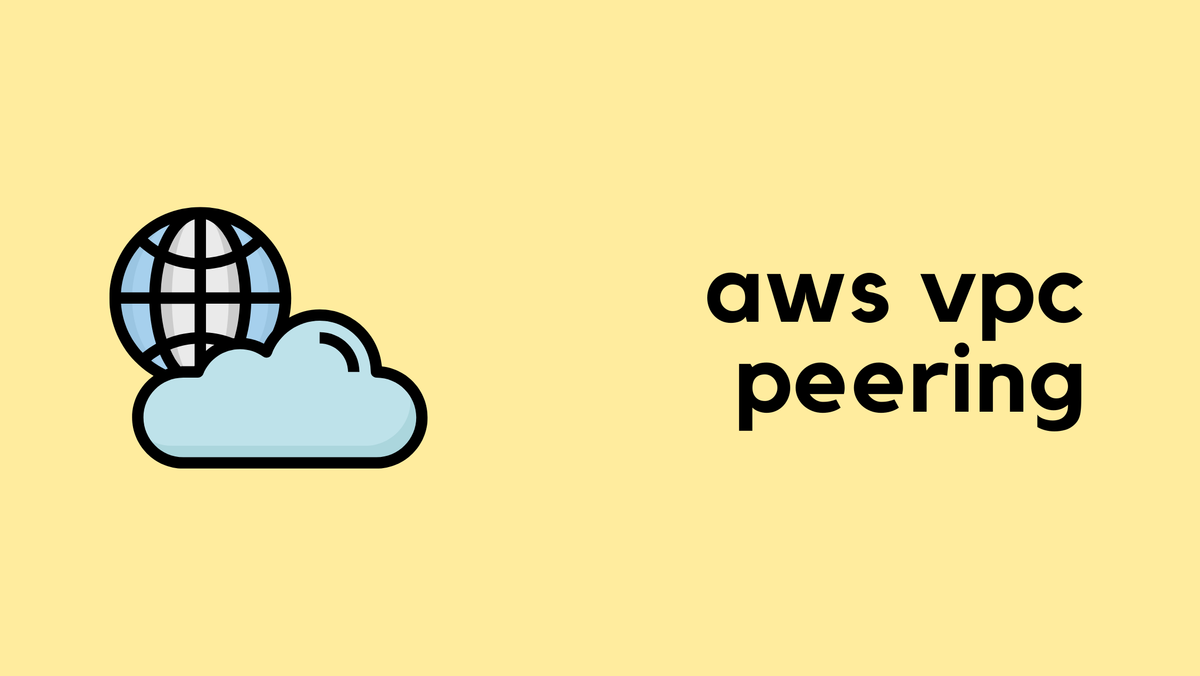Tracing network packets with eBPF and pwru
pwru (packet, where are you?) is an open source tool from Cilium that used eBPF instrumentation in recent Linux kernels to trace network packets through the kernel.In this article we will use Multipass to create a virtual machine to experiment with pwru. Multipass is a command line tool for running Ubuntu virtual machines on Mac or Windows. Multipass uses the native virtualization capabilities of the host operating system to simplify the creation of virtual machines.
multipass launch --name=ebpf noble multipass exec ebpf -- sudo apt update multipass exec ebpf -- sudo apt -y install git clang llvm make libbpf-dev flex bison golang multipass exec ebpf -- git clone https://github.com/cilium/pwru.git multipass exec ebpf --working-directory pwru -- make multipass exec ebpf -- sudo ./pwru/pwru -hRun the commands above to create the virtual machine and build pwru from sources.
multipass exec ebpf -- sudo ./pwru/pwru port httpsRun pwru to trace https traffic on the virtual machine.
multipass exec ebpf -- curl https://sflow-rt.comIn a second window, run the above command to generate an https request from the virtual machine.
SKB CPU PROCESS NETNS MARK/x IFACE PROTO MTU LEN TUPLE FUNC 0xffff9fc40335a0e8 0 ~r/bin/curl:8966 4026531840 0 0 Continue reading










